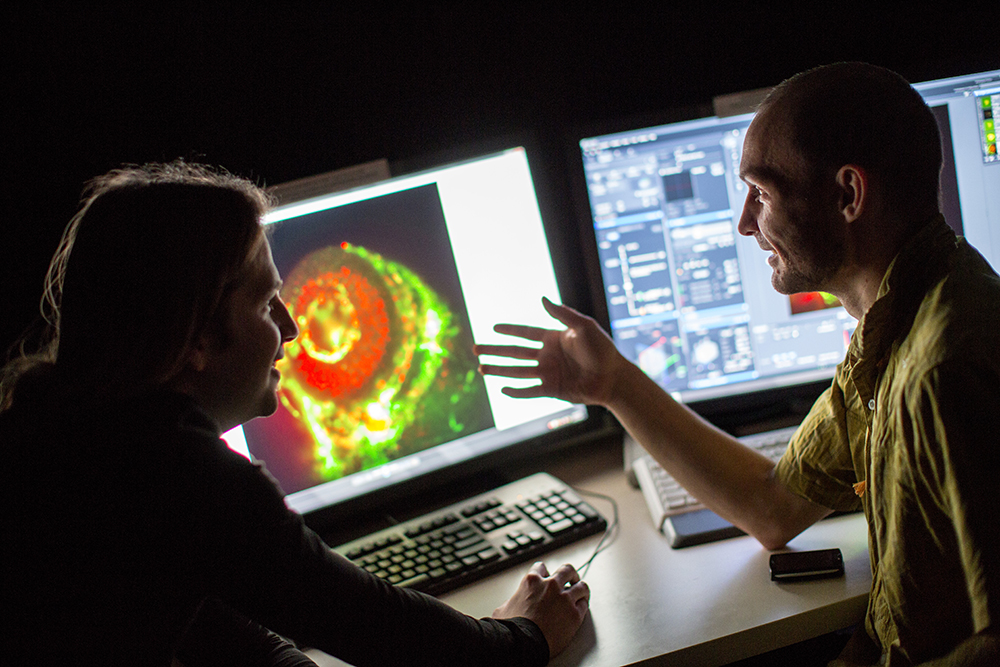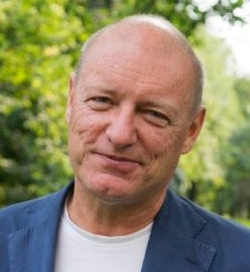
Independent researchers progress further
Security or independence – which strategy should a young researcher choose? If you decide to go your own way, you have a greater chance of being richly rewarded, according to research at KTH that has found a way of measuring the creativity and originality of researchers.

For researchers at an early stage in their career, good cooperation with a supervisor can open the door to researching hot subject areas, cooperating strategically and publishing articles. However, breaking loose and building a career in a more independent way, increases your chances of performing more innovative research, according to Ulf Sandström , an expert in research policy at KTH.
“As a young researcher, you must choose your path. You can either stay within your supervisor’s fold for a safe and stable career or take the leap and test your wings, which can lead you much further,” he says and adds:
“Scientific development is based on breaking new ground, which in turn, requires you to work and think independently.”
Both research funding bodies and universities need to find young researchers with the ability to develop their own ideas. However, the methods for measuring creativity and originality are extremely limited. Bibliometric breakthroughs – of using publication count and citation based indicators – are not enough, Sandström, a researcher at the KTH School of Industrial Engineering and Management (ITM), argues.
Identify independence
Together with a Dutch colleague, Informatics Researcher Peter van den Besselaar, he has developed an indicator that looks at an additional dimension in publications – a researcher's independence. The aim is to identify those young researchers that have taken the step to develop their own research lines, independently of their former supervisor.
This independence indicator factors in how much influence the supervisor has in the researcher's network and the extent to which their respective research lines differ. High values for the indicator suggest that the researcher has built up their own platform for developing and financing a new research direction.
“The indicator can be used to evaluate the creativity and originality of the researcher. In this respect, it is not always the researchers with the highest publication and citations counts that come out on top,” says Sandström.
He hopes that the measuring instrument, the first of its kind, can be a support tool for organisations wanting to promote a more innovative research climate.
More renewal
Current funding systems that require researchers to present their expected research findings in their application, make it more difficult for young researchers who want to pursue their own innovative research. It is far more difficult to be granted an audience with funding bodies in the case of projects with more risks attached where the outcome is uncertain, Sandström claims.
“Bodies that want to see more innovation and daring project applications now have access to an indicator that promotes this line of thinking. It can also help increase awareness of the need for independent researchers.”
“The indicator can also be a valuable tool when a researcher applies to become a docent,” he says.
Around about this point in time it ought to be possible to see whether the researcher is choosing one path or the other, independence or security, Sandström points out.
Text: Christer Gummeson

